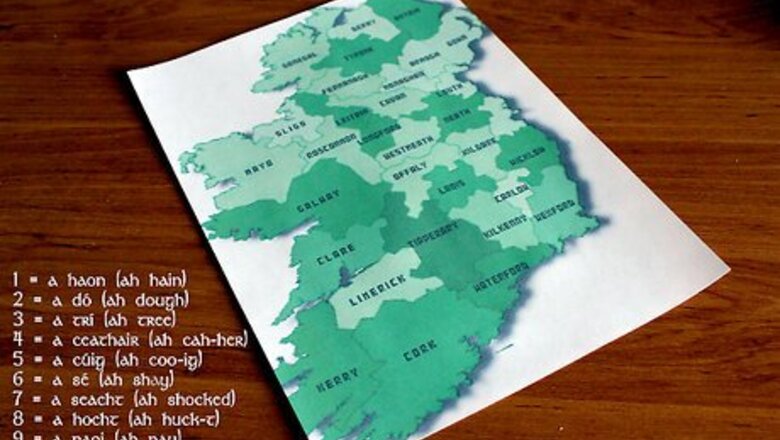
views
X
Research source
it's handy to know numbers 1-100. This article will help you do just that.
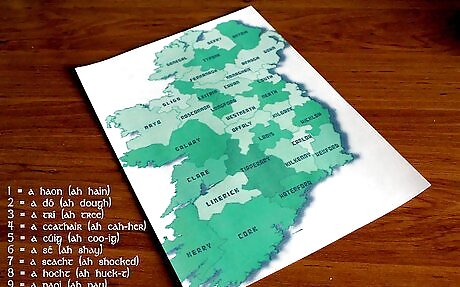
Count from 1-10: 1 = a haon (ah hain) 2 = a dó (ah dough) 3 = a trí (ah tree) 4 = a ceathair (ah cah-her) 5 = a cúig (ah coo-ig) 6 = a sé (ah shay) 7 = a seacht (ah shocked) 8 = a hocht (ah huck-t) 9 = a naoi (ah nay) 10 = a deich (ah deh)
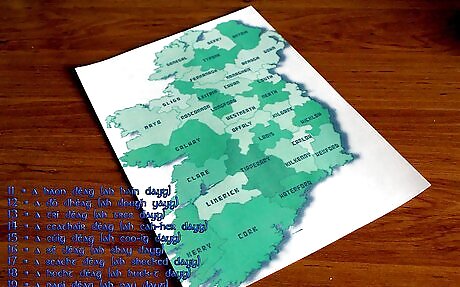
Count from 11-20: 11 = a haon déag (ah hain dayg) 12 = a dó dhéag (ah dough yayg) 13 = a trí déag (ah tree dayg) 14 = a ceathair déag (ah cah-her dayg) 15 = a cúig déag (ah coo-ig dayg) 16 = a sé déag (ah shay dayg) 17 = a seacht déag (ah shocked dayg) 18 = a hocht déag (ah huck-t dayg) 19 = a naoi déag (ah nay dayg) 20 = fiche (fih-ha)
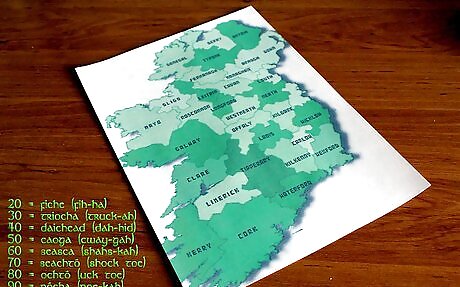
Notice the pattern. 21-100 is quite easy. All you have to do, is learn the tens first and then adding the units is a piece of cake! 20 = fiche (fih-ha) 30 = triocha (truck-ah) 40 = daichead (dah-hid) 50 = caoga (cway-gah) 60 = seasca (shahs-kah) 70 = seachtó (shock toe) 80 = ochtó (uck toe) 90 = nócha (noe-kah) 100 = céad (cay-d)
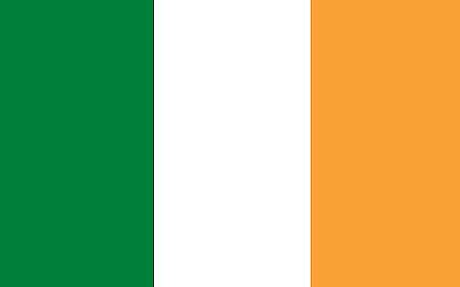
So, now you know the tens, you'll want to add the units! Numbers like, 75, 63, 28 or 46 and so on. You say the ten, and then add the unit. Example: Number = 67. Sixty = seasca Seven = seacht, so 67 in Irish = Seasca seacht. 24 would be fiche ceathair, 39 would be triocha naoi and 93 would be nócha trí, so it's really quite simple.













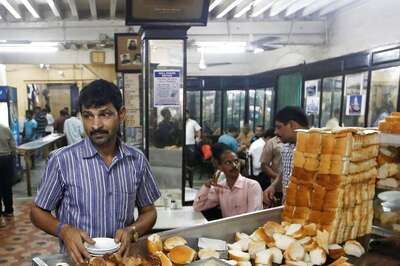






Comments
0 comment